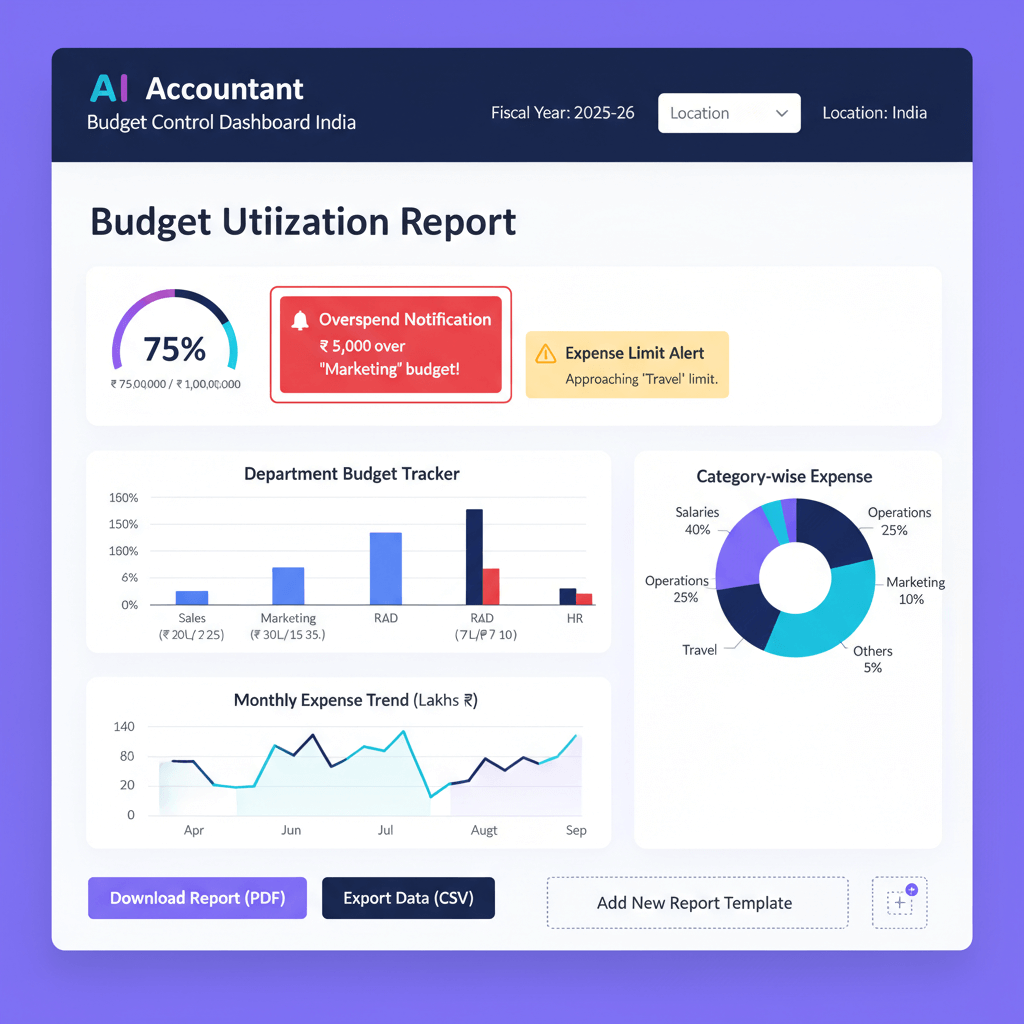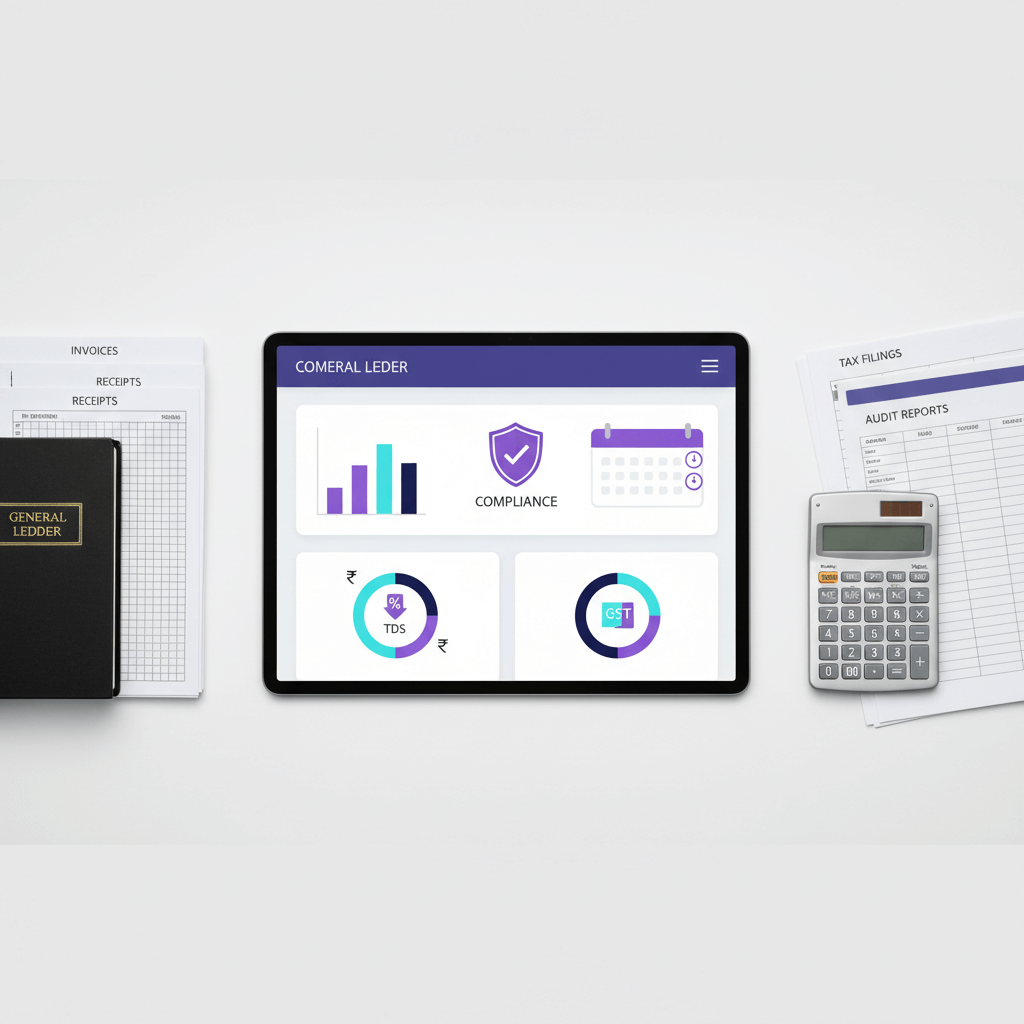Key Takeaways
- Client onboarding delays can lead to 30% loss of initial client value.
- Automation transforms scattered email chains into standardized, repeatable workflows.
- Client onboarding automation for CA builds trust from day one.
- Integrated digital KYC and document collection eliminate manual errors and compliance gaps.
- Seamless data flow into accounting tools boosts efficiency and reduces duplicated effort.
Table of Contents
- Introduction: The Manual Onboarding Pain
- Why Onboarding Matters More Than Ever in Indian CA Firms
- What Is Client Onboarding Automation for CA Firms?
- Core Components of an Automated Client Intake Process
- Streamline Client Intake Process
- How to Get Started with Onboarding Automation in Your CA Firm
- Recommended Technology Stack
- Conclusion: Digitising Trust from Day One
- FAQ
Introduction: The Manual Onboarding Pain
Picture this: Rajesh, a CA from Delhi, just signed a promising new client. Three weeks later, he’s still chasing missing documents, sending reminder emails about KYC paperwork, and manually entering the same client information across multiple systems.
By the time the engagement actually begins, both Rajesh and his client are frustrated. This scenario plays out daily across CA firms in India.
Research shows that CA firms can lose up to 30% of initial client value due to onboarding delays and errors.
When clients experience a bumpy start, they question the firm’s competence before the real work even begins. The pain is real: repeated requests for documents, inconsistent workflows, and delayed engagement start dates are draining resources and damaging professional relationships.
The solution lies in client onboarding automation for CA firms. By streamlining, standardizing, and digitizing intake processes, CA firms can transform those chaotic first weeks into smooth, professional experiences that build trust from day one.
Why Onboarding Matters More Than Ever in Indian CA Firms
The stakes for smooth client onboarding have never been higher. Early experiences shape retention and referrals more than any other factor in professional services.
Manual errors during intake increase compliance and audit risks throughout the engagement. A missing PAN detail or incorrect GST classification during onboarding can create problems that surface months later during compliance filings. These errors don’t just cost time to fix. They damage the firm’s credibility and can even result in penalties for clients.
Fragmented processes hurt the firm’s professional image and trustworthiness. When clients receive multiple emails asking for the same documents, or when engagement letters contain outdated terms, it signals disorganization. In today’s competitive market, clients expect the same digital smoothness they experience with their banks and other service providers.
The Indian compliance landscape adds unique complexity to client onboarding. KYC requirements, GST registrations, and Tally integrations all need to happen early in the relationship. Manual coordination of these elements often leads to delays and missed deadlines that frustrate both parties.
Growing client expectations for smooth digital journeys mean CA firms must adapt or risk losing business to more tech savvy competitors. Clients who run their businesses using modern software expect their CA firm to operate with similar efficiency and professionalism.
The business impact extends beyond individual client relationships. Firms with poor onboarding processes spend disproportionate time on administrative tasks instead of high value advisory services. Partners and senior staff get pulled into document chasing instead of focusing on complex problem solving for existing clients.
What Is Client Onboarding Automation for CA Firms?
Client onboarding automation for CA means using system enabled processes to collect documents, verify identity through digital KYC, finalize engagement letters, and seamlessly transition new clients into ongoing workflows. Instead of manual email chains and scattered document collection, automation creates a structured, repeatable process that works the same way for every client.
The automation links directly to bookkeeping tools like Tally or Zoho, supporting continued process efficiency throughout the engagement. When client data flows automatically from onboarding systems into accounting software, it eliminates duplicate data entry and reduces errors that typically occur during manual handoffs.
Modern client onboarding automation encompasses several key functions. Document collection happens through secure portals where clients can upload required files at their convenience. Digital KYC verification processes PAN, Aadhaar, and address details automatically. Engagement letter generation pulls client information into standardized templates that comply with ICAI guidelines.
Popular Indian practice management platforms like Papilio handle onboarding flows that connect directly to tax compliance workflows. These integrated approaches ensure that data collected during onboarding supports all downstream processes, from monthly bookkeeping to annual compliance filings.
Core Components of an Automated Client Intake Process
Document Collection Portals
Secure portals guide clients through necessary uploads, replacing scattered email requests with a centralized platform.
Automated KYC Verification
Digital KYC processes validate PAN, Aadhaar, and address information in real time, reducing compliance risk.
Engagement Letter Automation
Standardized templates auto-populate with client data, ensuring consistency and compliance with ICAI guidelines.
Workflow Tracking and Reminders
Built in checklists and automated reminders keep the process on track without constant manual follow up.
Streamline Client Intake Process
To streamline client intake process effectively, firms need single portal collection systems that eliminate back and forth communication.
Clients receive one link where they can complete all required steps: document uploads, information forms, engagement letter review, and initial payment processing.
Automated reminders keep the process moving without constant manual follow up. The system can send gentle nudges about missing documents or unsigned agreements, with escalation to firm staff only when necessary. This keeps clients engaged while freeing staff time for billable work.
How to Get Started with Onboarding Automation in Your CA Firm
Start by mapping your current onboarding workflow. Identify bottlenecks in document collection, KYC verification, and engagement letter preparation. Gather feedback from your team and a few trusted clients to understand pain points.
Choose a pilot team to test automation tools on a small batch of new clients. Monitor key metrics: time to completion, error rates, and client satisfaction scores. Use these insights to refine your standardized workflows before scaling across the firm.
Recommended Technology Stack
AI Accountant offers automated financial data processing that connects seamlessly with onboarding workflows, helping CA firms transition clients smoothly from intake to ongoing bookkeeping services.
Alternative comprehensive solutions include QuickBooks Advanced for practice management, Xero Practice Manager for workflow automation, FreshBooks for client communication and document collection, and Zoho Books for integrated accounting and CRM capabilities.
Conclusion: Digitising Trust from Day One
Efficient client onboarding isn’t just about speed—it’s about creating a *professional first impression* that lays the foundation for long term partnerships.
Consider exploring AI Accountant’s automated financial data processing capabilities as a natural next step after streamlined onboarding. When client intake flows seamlessly into intelligent ongoing service delivery, both firms and clients benefit from the compound effects of well designed automation.
FAQ
How can I automate KYC verification for new clients in my CA firm?
Implement digital KYC tools integrated with your onboarding portal. Platforms like AI Accountant can verify PAN, Aadhaar, and address details in real time, reducing manual checks and speeding up client acceptance.
What are the common compliance risks during client onboarding?
Missing PAN details, incorrect GST classifications, and incomplete address proofs are frequent issues. Automated checklists and validation rules help catch these errors before they impact compliance filings.
How do I choose the right onboarding platform for my CA practice?
Assess features like secure document portals, automated reminders, KYC integration, and seamless data flow into accounting software. Pilot with a small team, compare completion times and error rates, and gather client feedback before full rollout.
Can onboarding automation integrate with Tally and Zoho Books?
Yes, many automation platforms offer native integrations with Tally, Zoho Books, and other leading accounting tools. This ensures client data moves automatically into bookkeeping workflows, eliminating duplicate entry.
What metrics should I track to measure onboarding efficiency?
Key metrics include time to completion, percentage of missing documents flagged automatically, client satisfaction scores, and number of manual follow ups required. Benchmark these before and after automation to gauge impact.
How does automation affect client satisfaction?
Streamlined, transparent onboarding experiences build trust and reduce frustration. Clients appreciate single links for uploads, clear status updates, and fewer manual email exchanges.
Is it expensive to implement client onboarding automation?
Costs vary by platform and firm size. Many solutions offer tiered pricing and quick ROI through time savings and reduced compliance errors. A pilot program can demonstrate value before committing to enterprise plans.
How secure are automated onboarding portals?
Reputable platforms use industry standard encryption, secure authentication, and audit trails. Always review a vendor’s security certifications and data residency policies to ensure client confidentiality.
Can small CA firms benefit from onboarding automation?
Absolutely. Even small teams experience time savings, fewer errors, and improved client impressions. Automation scales with your firm, allowing you to focus on advisory services sooner.
What role does AI Accountant play in the onboarding process?
AI Accountant offers intelligent data ingestion that connects onboarding workflows with ongoing bookkeeping, tax compliance, and financial reporting. It ensures client data consistency and reduces manual handoffs throughout the engagement.

-01%201.svg)



